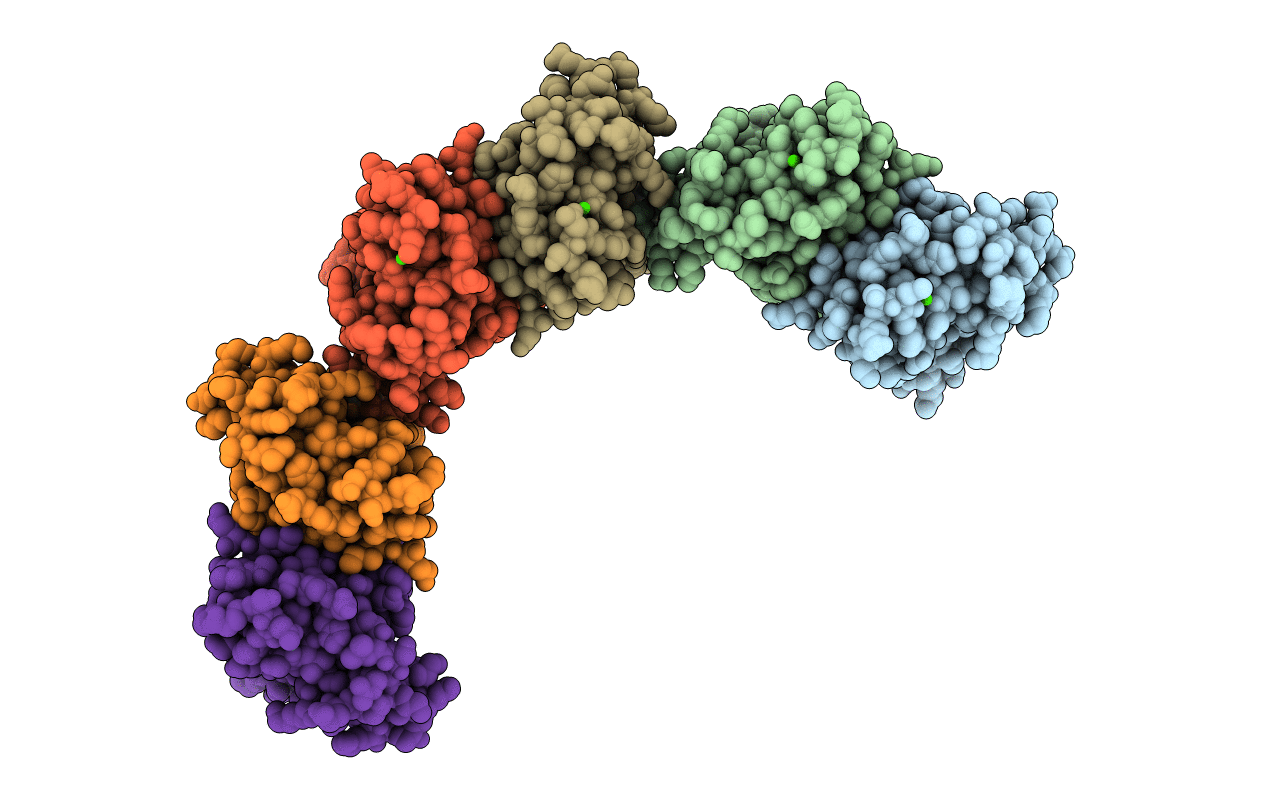
Deposition Date
2009-03-24
Release Date
2009-04-07
Last Version Date
2024-10-09
Entry Detail
PDB ID:
3GQF
Keywords:
Title:
Structural and Biophysical Properties of the Pathogenic SOD1 Variant H46R/H48Q
Biological Source:
Source Organism:
Homo sapiens (Taxon ID: 9606)
Host Organism:
Method Details:
Experimental Method:
Resolution:
2.20 Å
R-Value Free:
0.24
R-Value Work:
0.20
R-Value Observed:
0.20
Space Group:
C 2 2 21


